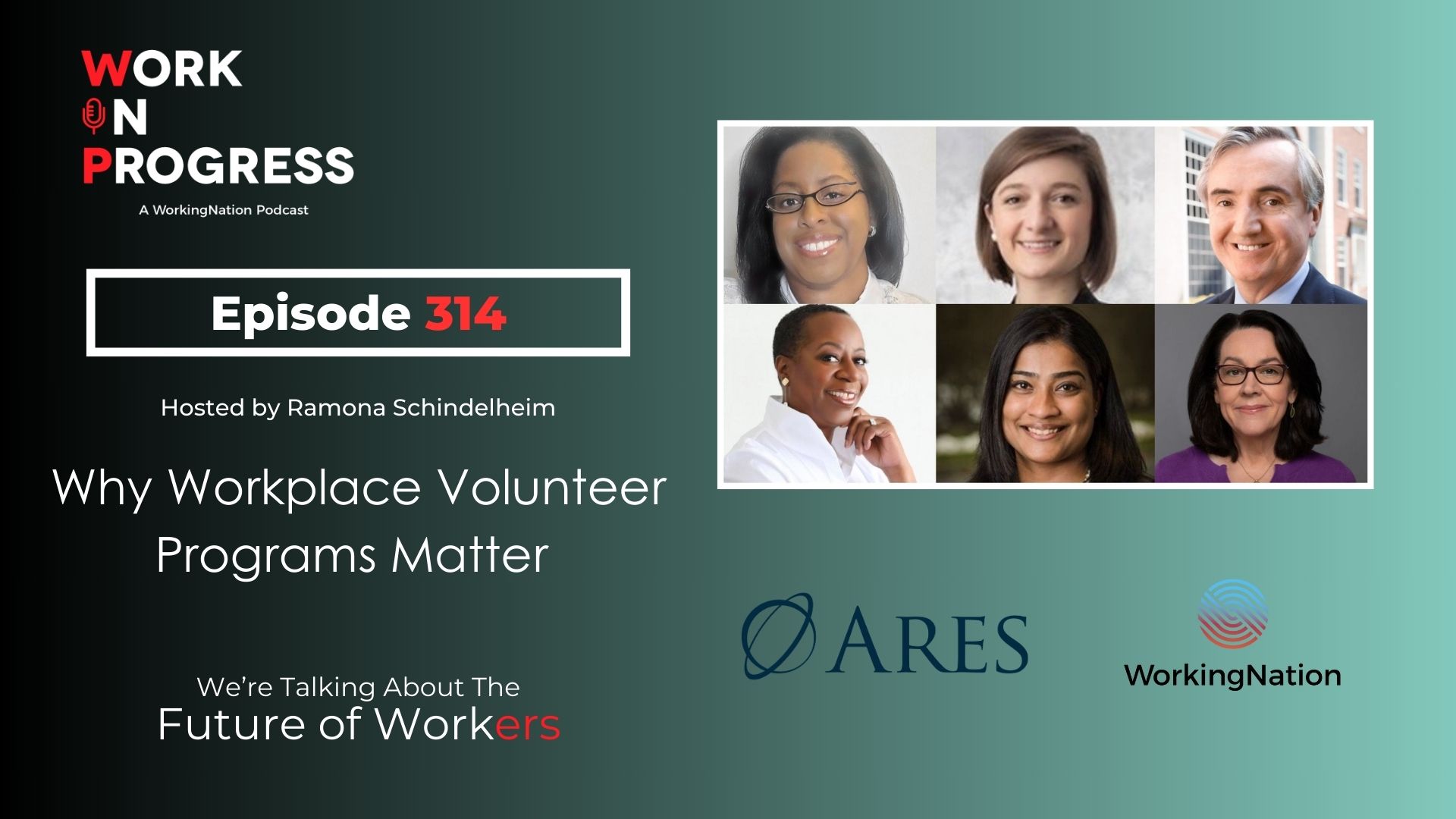A new vocabulary is emerging in an increasingly complex labor market, according to the Strada Institute for the Future of Work. One that will make it easier, and quicker, to close the gap between the skills employers want and workers have or need to acquire.

“As you think about the future of work, everyone wants to know how to best prepare for it,” says the institute’s Chief Innovation Officer Michelle Weise. “Labor markets are local, but it’s hard to figure out how you actually understand the local economy in a more precise way. So, this is an attempt to answer that.”
The New Geography of Skills, released Dec. 10 by the Strada Institute for the Future of Work and Emsi, introduces a relatively new concept to a wider audience — the skill shape. According to the report, “a skill shape refers to the unique skill demands associated with a given career field, region, or individual.”
“When people talk about a skills gap, there is no broad general skills gap,” says Weise. “It’s actually dependent on the region that you’re looking at. Sometimes there are actually surpluses of skills for certain areas. So this gives us that really granular look at any kind of role in any of region.”
The skill shape is determined by analyzing real-time job postings and professional profiles. Ultimately, it ends up being a more specific way to describe the skills a worker needs to fill a specific open job. For example, the skill shape of a cybersecurity job in one town might look entirely different than a cybersecurity job in another. It all depends on what the employer needs a worker to do in that particular job, in that particular business, in that particular community.

“There is no such thing as a cybersecurity occupation code or a data scientist occupation code. When we look at the data, it actually could be so many things,” explains Yustina Saleh, senior vice president of analytics for Emsi, a Strada affiliate company. “It’s the skills in a job posting rather than a title.”
“Sometimes it will be a marketing person with very, very strong math skills. Sometimes it is a software engineer with some machine learning skills. The approach allows us to just go beyond these very, very static artifacts,” adds Saleh.
Creating a deeper talent pool
Weise says the concept of the skill shape came out a conversation with state leaders. “We were talking with 25 chiefs of staff for governors of states, and at one point, a couple of them said, ‘We get that you’re trying to move towards a skills-based hiring environment, and we support that. One of the challenges we face is that it’s very hard to get employers to let go of degree requirements when they are looking at talent pools and opening up their talent pipeline.'”
While the idea is still in its pioneering stage, it is already being put to use by some groups trying to close the skills gap between employers and employees in certain regions. The Business-Higher Education Forum is using skill shapes to forge partnerships between educators and economic development agencies. United Healthcare is using the concept to develop its worker pipeline. And Southern New Hampshire University and Western Governors University are using it refine its career-pathway curricula.
The goal of a common language
Strada’s goal with the report is to show the potentials of using skill shapes when developing a nimble workforce able to shift as demand for certain skills shift.
The report argues that using skill shapes could:
- Help educators and industry groups identify opportunities to upskill and reskill employees in line with workforce demands and talent gaps.
- Inform civic leaders as to how to grow their local economies.
- Help employers better understand their regional talent supplies.
“Ultimately, we hope that this report illustrates how we start building a common
language among all stakeholders in this new learning and earning ecosystem,” says Strada.
You may also like…
32 million working-class Americans at risk of being left behind by the future of work
Emsi Skills: Creating the language of work
Signaling hiring needs quicker through data
Governors release job creation guide and infrastructure initiative











